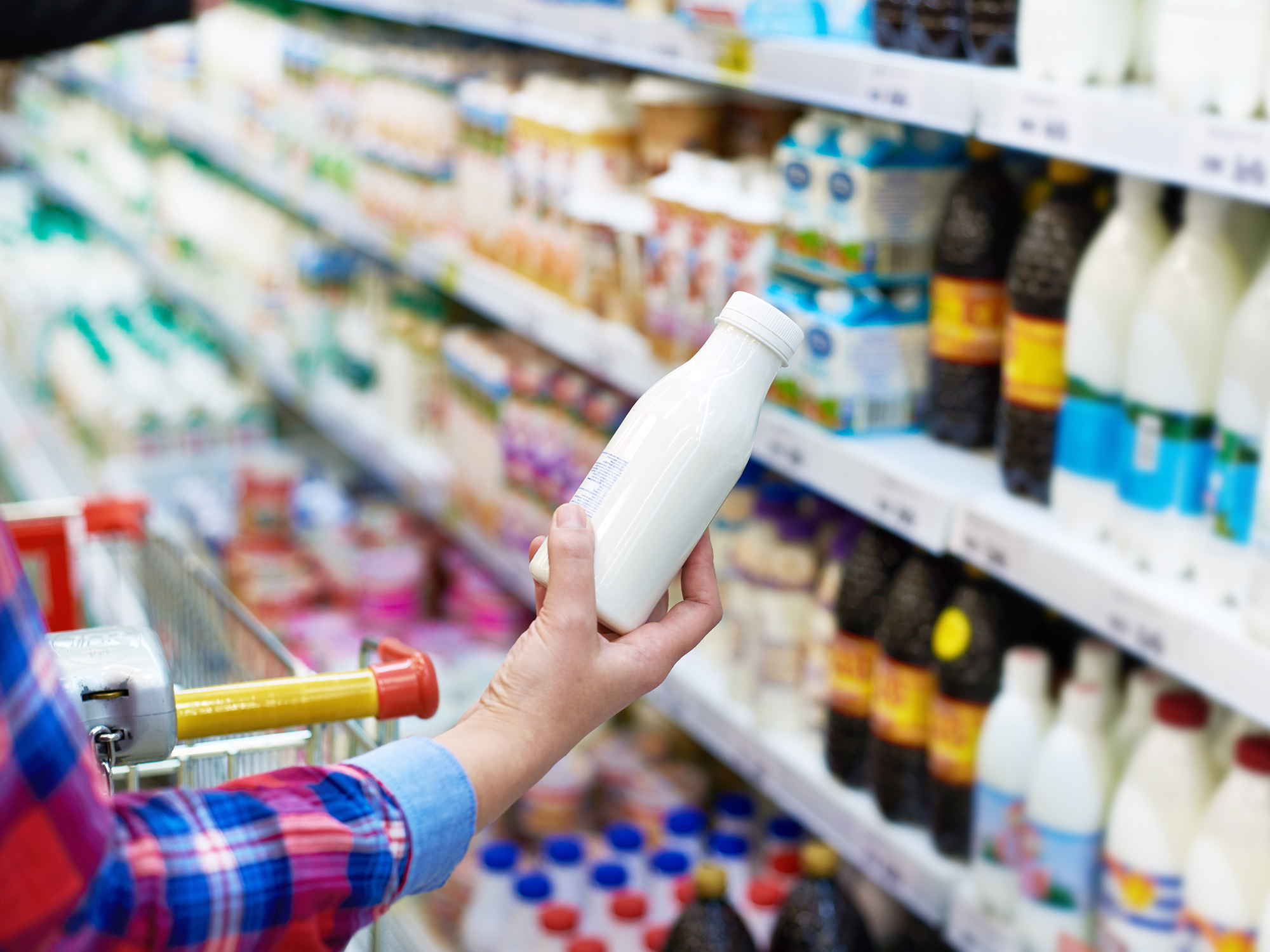Get Easy Health Digest™ in your inbox and don’t miss a thing when you subscribe today. Plus, get the free bonus report, Mother Nature’s Tips, Tricks and Remedies for Cholesterol, Blood Pressure & Blood Sugar as my way of saying welcome to the community!
Is cockroach milk the next big thing?

Do you ever feel like you’re on a fruitless search for the healthiest milk?
You know it’s not conventional cow’s milk, which is full of growth hormones, antibiotics and other drugs. And soy milk disrupts your hormones.
Even almond milk — the milk substitute promoted by natural health experts for years — has taken flak recently for being overly processed and light on nutrients.
So what are you to do when you want to eat a bowl of granola?
Well, based on the latest research you should try getting your milk from an unexpected (and unsettling) source — the cockroach.
Okay, I apologize if the thought of using cockroach milk has turned you off granola forever. But researchers have actually found that cockroach milk has an impressive nutritional resume…
It’s four times as nutritious as cow’s milk. And it contains a unique crystal that’s a complete food in and of itself. This miracle crystal, which has been hiding in the milk of the only lactating cockroach species (the Pacific beetle cockroach) all this time, contains proteins, fats and sugars. And its proteins are filled with all of the essential amino acids.
Sounds promising. But the only caveat is, it’s high in calories. Well, I guess that’s not the only caveat. It also comes from a stomach-churning insect. But you already knew that much.
Obviously, because of the gross-out factor cockroach milk isn’t going to be on the market any time soon (if ever). But that doesn’t mean you can’t be healthy and drink milk too. There are a few good options if you want to enjoy a healthy glass of milk. Here are your best ones:
Raw milk
Raw cow’s milk is hard to get your hands on, but if you do, get ready for some major health benefits. Raw milk contains beneficial bacteria that’s usually killed off in the pasteurization process. It also contains high doses of cancer-fighting vitamin C, B12 and B6 — which are all diminished by pasteurization. Raw milk also contains conjugated linoleic acid (CLA), a healthy fat that’s been linked to a reduced cancer risk among other health benefits.
Besides that, raw milk doesn’t contain the weird additives, hormones and pus you find in the factory-farmed stuff. If you’re having a hard time getting a hold of clean, raw milk from healthy cows, check out this list of raw milk producers created as a part of the Weston A. Price Foundation’s Campaign for Real Milk. And if you still can’t find any, grass-fed, organic milk is your next best option.
But whatever you do, don’t reach for a glass of the conventional stuff. If you pick up any old gallon of milk at the grocery store, you’ll end up with milk devoid of any of the enzymes and nutrients that make milk healthy in the first place. Most of these are completely killed off or significantly diminished during pasteurization.
And you won’t get any of the cancer-fighting fatty acid CLA, because that’s only in grass-fed milk, not the corn-fed kind that comes out of most large-scale dairy farms. Plus, pasteurized, conventional milk comes from factory-farmed cows that are pumped full of growth hormones, antibiotics and other drugs that you end up drinking in your glass of milk.
Homemade almond milk
If you stop buying the processed almond milk on grocery store shelves and start making your own, your health will be better off for it. You can make almond milk pretty easily by blending almonds and water in a blender or food processor. Here are more detailed instructions if you want to give it a shot. Of course, almond milk doesn’t have all of the protein, vitamins, minerals and essential fatty acids you’ll get in a cup of good quality raw cow’s milk. But it does have a lot of vitamin E and a lot less calories.
If you decide to try either of these healthy milk options, make sure you go out of your way to get enough vitamin D. Conventional cow’s milk and store-bought almond milk are both fortified with vitamin D. So if you decide to take the less-beaten-path when it comes to your milk drinking, you may miss out on an important source of it. You can make up the vitamin D you’re missing by eating more vitamin D-rich foods like salmon, eggs and mushrooms and by getting at least 20 minutes of sunshine per day. You can also go out and buy a high-quality vitamin D supplement. If you know your levels are low, you should take at least 1,000 mg per day.
Sources:
-
Banerjee, N.P. Coussens, F.X. Gallat, N. Sathyanarayanan, et al. “Structure of a heterogeneous, glycosylated, lipid-bound, in vivo-grown protein crystal at atomic resolution from the viviparous cockroach Diploptera punctate.” IUCrJ. Volume 3, Part 4. July 2016. p. 282-29.
-
“A Campaign for Real Milk Brochure.” A Campaign for Real Milk: A Project of the Weston A. Price Foundation. http://www.realmilk.com. Retrieved July 26, 2016.
-
“Real Milk Finder.” A Campaign for Real Milk: A Project of the Weston A. Price Foundation. http://www.realmilk.com. Retrieved July 26, 2016.
-
“Organic Homemade Almond Milk Recipe.” Wellness Mama. http://wellnessmama.com. Retrieved July 26, 2016.












